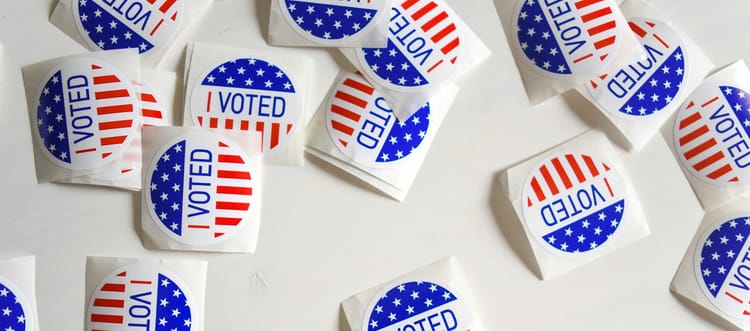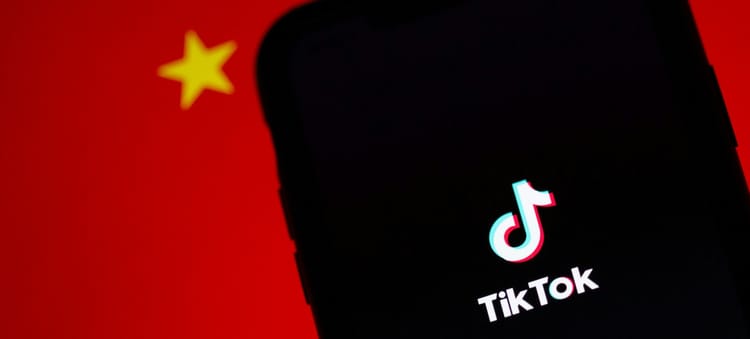Supreme Court Limits Nationwide Injunctions in 2025 Ruling

The Supreme Court’s June 2025 decision in Trump v. CASA, Inc. made headlines by sharply limiting the power of federal judges to issue nationwide injunctions. For years, these injunctions have allowed a single judge to halt a federal law or policy nationwide. In the new ruling, a 6-3 majority of the justices held that lower courts generally cannot block a policy for everyone unless it’s necessary to protect the plaintiffs in the case entirely. This marks a significant change in how far a court’s relief can go.
What Are Nationwide Injunctions?
A nationwide (or universal) injunction is a court order that prevents the government from enforcing a law or policy throughout the country, not just for the individuals who sued. These injunctions became a hot topic in recent years. For example, during President Trump’s first term, judges used them to freeze policies, such as new immigration rules, preventing those policies from taking effect nationwide. Supporters argue that this tool can quickly protect everyone from potentially harmful or unconstitutional government actions. Critics argue that it gives too much power to one judge and can encourage political “forum shopping” – picking a sympathetic court to block a policy for the whole nation. By 2025, both Republican and Democratic administrations had faced nationwide injunctions against their policies, turning these court orders into a battleground in policy fights.
The Trump v. CASA Case (2025)
In January 2025, at the start of President Trump’s second term, he issued an executive order to end birthright citizenship for certain babies born in the U.S. (those whose parents are not citizens or permanent residents). This order was widely seen as violating the 14th Amendment’s guarantee that all persons born in the U.S. are citizens. Almost immediately, advocacy groups and several state governments sued, and multiple federal judges – in Washington, Maryland, and Massachusetts – ruled the order likely unconstitutional and blocked it from being enforced nationwide. These were classic nationwide injunctions, protecting not just the plaintiffs but also everyone who would be affected by the policy.
President Trump’s Justice Department pushed back, arguing that such broad injunctions overstep judges’ authority and hinder the Executive Branch from carrying out its duties. They urged the Supreme Court to put a stop to the “universal” injunctions and let the policy proceed at least in places or against people who weren’t plaintiffs in the case. The challengers – including states and civil rights groups – countered that stopping an unconstitutional policy for the whole country is precisely what courts should do in a situation like this, to ensure everyone’s rights are protected equally.
The Supreme Court’s Ruling
The Supreme Court sided with the Trump administration on the scope of the injunctions (while not yet deciding if the policy itself is constitutional). Justice Amy Coney Barrett, writing for the majority, declared that federal trial judges do not have the general power to halt a federal law or executive order nationwide. She noted that historically, American courts had not issued such broad orders; the concept of universal injunctions only emerged in the 20th century and became more common in the 2000s. According to the Court, judges must focus on resolving the cases before them, which usually means limiting relief to the parties who brought the lawsuit.
In practical terms, this ruling means the judges’ orders were too broad. The Court said, for instance, that blocking the policy from being applied to the specific women who sued (and their future children) would fully protect those plaintiffs’ rights. Extending that protection to everyone else went beyond what was necessary to provide the actual plaintiffs with complete relief. The Supreme Court, therefore, upheld the injunction only as it applied to the plaintiffs and sent the cases back to the lower courts to adjust the scope of the relief. The executive order was put on hold for 30 days, and the administration cannot enforce it against the individuals who sued; however, it may be able to implement it against others if no broader relief is in place.
Three justices dissented strongly. Justice Sonia Sotomayor, for example, warned that the majority’s rule means “absent cumbersome class-action litigation, courts cannot completely enjoin even such unlawful policies”, rendering constitutional rights “meaningful in name only” for people who aren’t part of the lawsuit. In other words, if only those who sue are protected, many others could be left under an unconstitutional law until they also file their lawsuits or a class action is formed. The dissenters viewed this as a dangerous weakening of judicial power to check the other branches of government.
What about nationwide relief in the future? The Supreme Court hinted that there are still ways to get broad protection – for instance, through class action lawsuits that include everyone affected as parties. In a class action, a judge could potentially protect the whole class (group) of people. Justice Samuel Alito, in a concurring opinion, stressed that lower courts must properly follow rules for class actions if they’re used this way, so that the decision doesn’t become a loophole for broad injunctions. In short, the Court didn’t ban all nationwide relief, but said trial judges can’t grant it unless legal procedures (like class certification) justify covering a wider group.
Why It Matters
This ruling has significant implications for how laws are challenged and enforced in the United States. It affects the balance of power among the branches and how fast policies can be stopped by courts:
- Presidential Power: Limiting nationwide injunctions tends to strengthen the President's and the executive branch's hand. Future presidents (including the current administration in 2025) may have an easier time implementing controversial policies, because one lawsuit can no longer instantly freeze a policy across the entire country. The government argued that broad injunctions had hindered its ability to implement national policies. Now, unless opponents quickly form a class action or win in higher courts, a policy might stay in effect in most places even if one judge finds it unlawful. This shift could embolden presidents to push the envelope on executive orders, knowing that nationwide blocks are harder to obtain.
- Judicial Authority: The decision is a double-edged sword for the judiciary. On one hand, it reins in what some saw as judicial overreach, restoring courts to a more limited role of settling individual disputes. On the other hand, it curtails the power of judges to provide broad remedies. Critics, like Justice Sotomayor, say it “kneecaps” (seriously weakens) the courts’ ability to stop even blatantly unconstitutional government actions promptly. Many federal judges used nationwide injunctions as a tool to ensure that if a policy were likely unlawful, no one in the country would suffer from it while the case was litigated. Now, courts must be more surgical. This raises concerns about inconsistent outcomes – a policy might be blocked for some people or in some states but not others, at least until a higher court rules. The authority of a single judge to provide sweeping relief is diminished, which some applaud as preventing “activist judges,” while others worry it leaves rights unprotected for many.
- Policy Battles and the Path to Relief: The new limits on injunctions will likely change how advocacy groups and states fight federal policies in court. Nationwide policy battles could become slower and more fragmented. Opponents of a federal policy might need to file lawsuits in multiple jurisdictions or pursue a national class action to get comprehensive relief. This could lead to a patchwork situation where a law is effectively on hold in certain areas or for certain groups, but still active elsewhere. For high-profile issues (such as immigration and environmental regulations), expect legal teams to adjust their strategies – perhaps by coordinating multiple cases or rushing to higher courts for relief. As one analysis noted, the ruling “makes it challenging for courts to craft full relief in cases involving issues of national application,” meaning that nationwide problems may not receive one-stop resolutions in the courts. In the big picture, Congress could also step in: since the Court interpreted that the current law didn’t allow universal injunctions, Congress has the power to clarify whether it wants courts to have that ability in the future. Until then, policy showdowns will play out under these new judicial ground rules.
In summary, nationwide injunctions – once a quick way to halt government policies nationwide – have been reined in by the Supreme Court’s 2025 decision. High school students learning about the U.S. government can view this as a real-world example of checks and balances in flux. The executive branch has gained more breathing room to enforce its policies, while the judicial branch is more constrained in granting broad relief. As a result, the fight over significant policies may shift to more protracted legal battles or legislative solutions. How this balance plays out will shape the power dynamic between presidents, courts, and those affected by federal policies for years to come.




